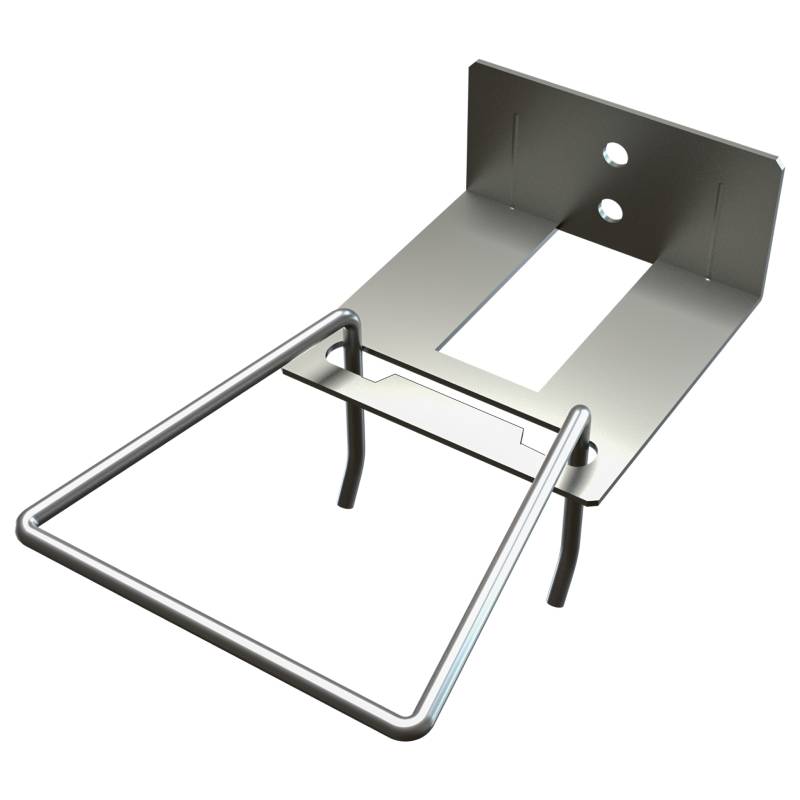
- Mobile Phone
- +8613931874955
- sales@cntcmetal.com
angle plaster bead
Understanding Angle Plaster Beads A Guide to Precision in Construction
In the world of construction, the details matter immensely, especially when it comes to achieving a polished and professional finish. One crucial yet often overlooked component of this process is the angle plaster bead. This article will explore the significance of angle plaster beads, their applications, and why they are essential for ensuring durability and aesthetics in plaster finishes.
What are Angle Plaster Beads?
Angle plaster beads, also known as corner beads, are specialized accessories used in drywall and plaster applications to create clean, sharp edges and protect corners. Typically made from metal or plastic, these beads are designed to be installed at the junctions where two walls meet or where a wall meets a ceiling. Their primary purpose is to reinforce plastered corners, preventing chips and cracks while providing a neat and geometrically precise appearance.
Importance of Angle Plaster Beads
1. Durability and Protection One of the foremost advantages of using angle plaster beads is their ability to protect corners from wear and damage. Corners are particularly vulnerable to impacts, leading to unsightly dents and cracks over time. By installing angle plaster beads, you create a sturdy barrier that absorbs impacts, thus extending the life of your walls and ceilings.
2. Aesthetic Appeal A clean corner can significantly enhance the overall look of a room. Angle plaster beads help to ensure that the angles are perfectly straight and uniform, which is essential for modern interior design. The smooth and sharp edges created by these beads add a level of sophistication and professionalism to the plaster finish.
3. Ease of Installation Though it may seem counterintuitive, angle plaster beads can actually simplify the plastering process. By providing a definitive edge, they act as a guide for the application of plaster, allowing for a more even and controlled finish. This means that plasterers can work with greater efficiency and accuracy, ultimately saving time and reducing material waste.
4. Versatility Angle plaster beads come in various sizes and materials to suit different applications. Whether you are working on new constructions, renovations, or repairs, there is an angle bead specifically designed for your needs. Metal beads, for instance, are well-suited for high-traffic areas, while plastic versions can be utilized in spaces where moisture resistance is crucial, such as bathrooms and kitchens.
angle plaster bead

Installation Process
Installing angle plaster beads is a straightforward process, although it does require attention to detail. Here’s a simple step-by-step guide
1. Measure and Cut Start by measuring the corners where the beads will be installed. Use a utility knife or metal snips to cut the beads to the appropriate length.
2. Attach the Bead Position the bead in the desired angle and secure it with drywall screws or adhesive, depending on the type of material. Ensure it is aligned correctly and level with the adjacent surfaces.
3. Apply Plaster Once the bead is in place, apply your plaster over it, ensuring a smooth finish that blends seamlessly into the wall. Be careful not to overspread, as this can lead to uneven edges.
4. Finishing Touches After the plaster has dried, sand any rough spots and apply a coat of paint or finish to match the surrounding areas.
Conclusion
In summary, angle plaster beads are an essential component in the realm of drywall and plaster applications. They not only enhance the durability and longevity of corners but also contribute to the aesthetic integrity of a space. By providing an easy-to-install solution for creating sharp, well-defined edges, these beads play a critical role in both construction and renovation projects. Understanding their importance and proper installation techniques can help builders and DIY enthusiasts alike achieve results that stand the test of time, both in functionality and appearance. Investing in angle plaster beads is undoubtedly an investment in quality and artistry in construction.
share:
-
Wire Tension Springs for Diverse ApplicationsNewsMay.27,2025
-
Snake SpacersNewsMay.27,2025
-
Sacrificial Formwork Solutions for ConstructionNewsMay.27,2025
-
Iron Binding Wire for Your Construction NeedsNewsMay.27,2025
-
Enhance Your Construction Projects with Wire SpacerNewsMay.27,2025
-
Black Annealed Wires for Diverse ApplicationsNewsMay.27,2025
-
Strong Wall Support ChoicesNewsMay.23,2025



















